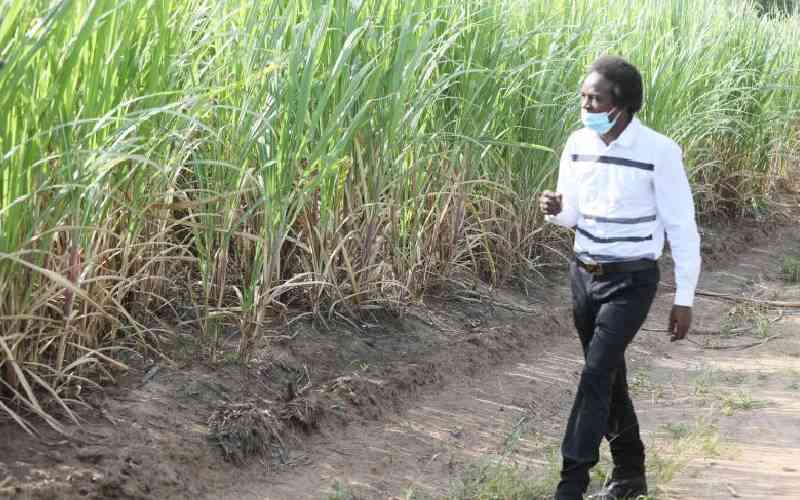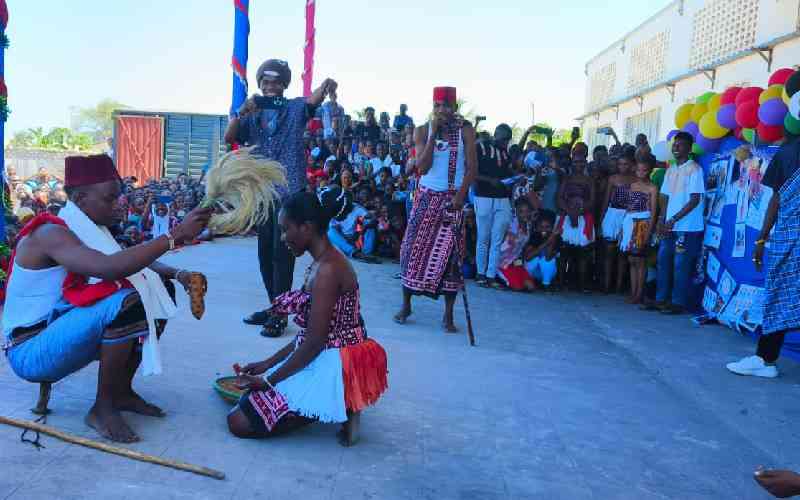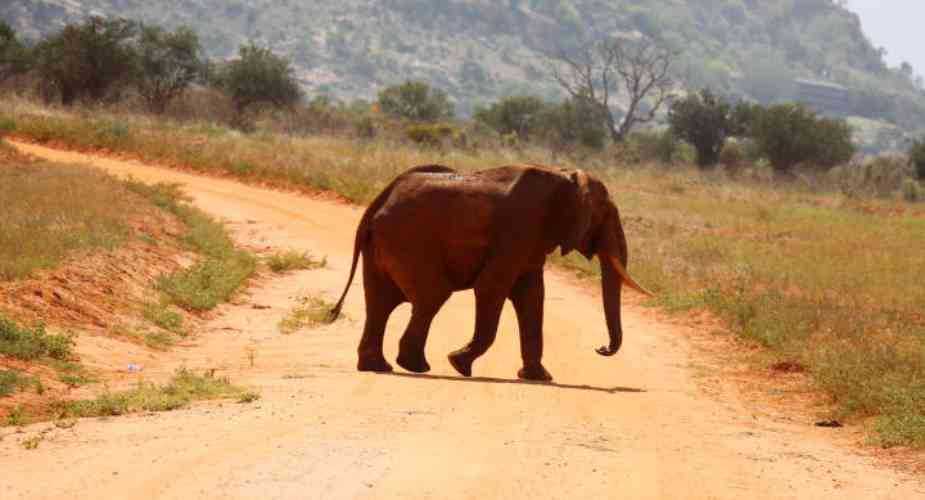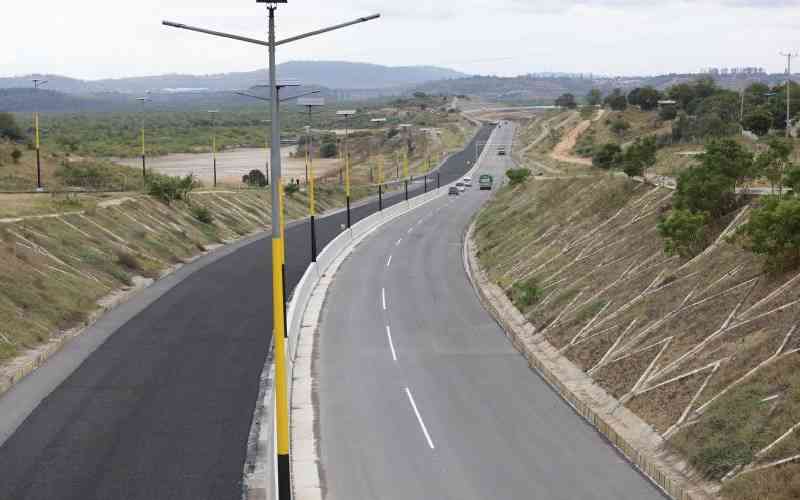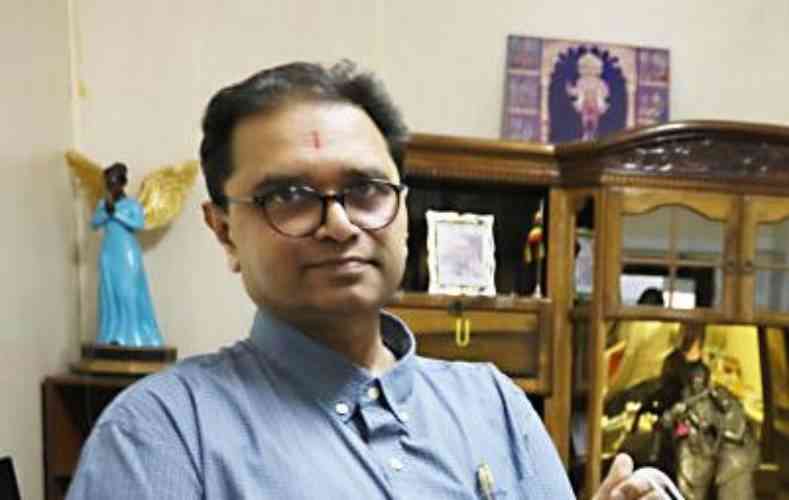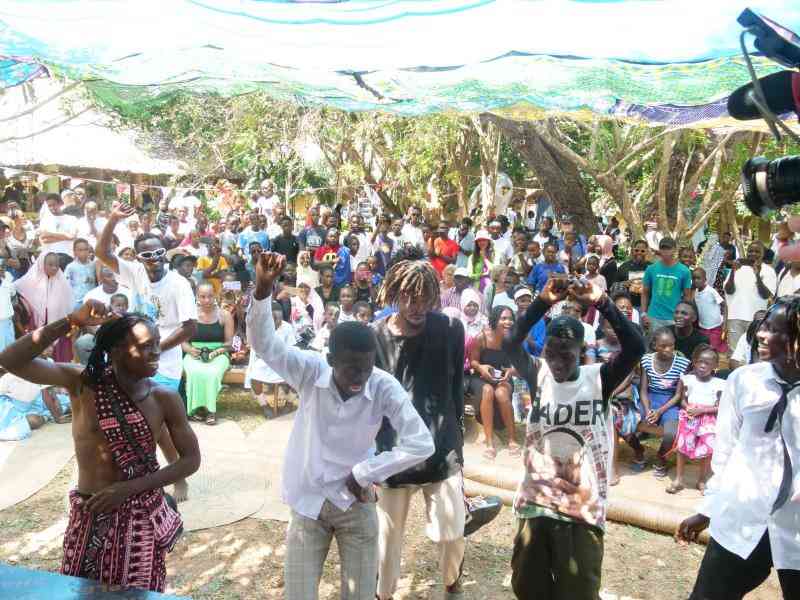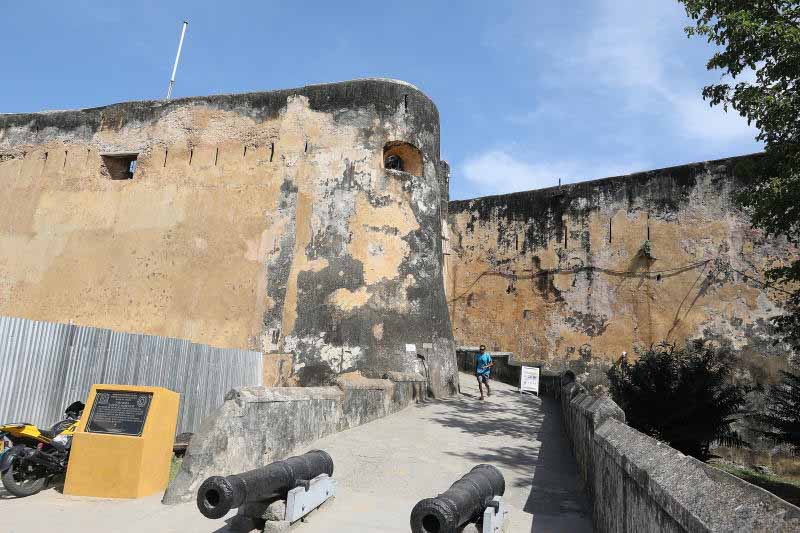
Hundreds of visitors throng the raised firing platform where huge cannons are mounted pointing at the open sea.
Next to this battlefront is the watchtower, the underground ammunition store, the captain’s room and the Mazrui Hall.
The firing platform presents one of the areas at Fort Jesus that still vividly bear testimony to the 33-month battles for the control of Mombasa between the Portuguese and the Omani Arabs.
The legendary fort siege by the Mazrui Arabs and local ended the Portuguese supremacy in Mombasa and the Coast of East Africa.
Some 100 metres away from the cannon barrels lies the wreckage of Portuguese ship — Santo Antonio de Tana, on the seabed.
Fort Jesus curator Saadu Hashim and education officer Raphael Igombo say some containers of the vessel were recovered during a major recovery in 1975.
Costly recovery
National Museums of Kenya, Kenya Navy and US Navy participated in the costly two-year recovery after the wreckage was discovered by a local fisherman.
Two bronze beech loading swivel guns, pieces of gold, Chinese porcelain, clay piles, Portuguese faince plate, beer barrels, brass padlock, brass bell, swords hilts and shoe buckles were recovered from the ship.
There is also the ‘hour glass’ that the Portuguese used in timing during navigation and many other items from the ships on display while other things are safely kept in the museum stores, according to Mr Igombo.
“We also have on display cast of wooden angels the Portuguese placed in front of their vessels to scare away evil spirits at sea,” Igombo explained.
Ahamed Yassin, NMK director general, said the State is looking to partner with China to excavate another ancient ship wreckage at Ngomeni in Malindi, Kilifi County, to unravel its contents.
“Excavating a ship wreck is expensive. Our focus is excavating a ship wreck at Ngomeni in conjunction with Chinese and not the one at Fort Jesus,” Dr Yassin explained.
Former head of archeology at the NMK and a director of the Swahili Resource Centre, Athman Lai Omar, advocates for further recovery of the shipwreck at the fort and declaration of Mombasa Old Town as a world heritage site.
“In 1975, the recovery of the ship wreck was not complete. Another important excavation at the present Coast Provincial General Hospital was abandoned soon after archeologists discovered a 12th century,” said Omar, director of the School of International Training (SIT) Study Abroad programme.
About 50 metres from the firing platform lies the water cistern (for rain water harvesting) that the Portuguese built and the salty water well sank by the Omani Arabs besides the former’s chapel.
The water cistern still provides fresh water while well water is used for washing and watering plants at the museum compound.
Because of the change of regimes in the control of Mombasa over the years, Fort Jesus, that was declared a world heritage site by Unesco in June 2010, is lined with cannons of Portuguese, Omani Arabs and the British that greet visitors. One average, NMK officials say, between 30,000 and 31,000 people visit the fort monthly.

The Portuguese appeared to love Kenya so much that they controlled Mombasa as an established trading town and the protect the trade route in East Africa.
This was after Portuguese navigator Vasco da Gama visited the East African Coast and discovered the route to Goa in India in 1498 where Lisbon would later establish a major centre.
This culminated in the building of key monuments such as the Vasco da Gama pillar and St Francis chapel in Malindi.
Fort Jesus was built to offer protection after the Portuguese had become masters of the East African Coast for many and operated unfortified shelter in Malindi.
Construction of the fort, located on the edge of a coral ridge and overlooking the Mombasa Old Port, took place between 1593 and 1596 after it was designed by Italian architect Giovanni Battista Cairatti.
It involved excavation of underground chambers on the coral rock and construction of the fortified structure with lime and red clay soil.
Digging up of the deep and broad trenches in the solid coral rock on which the fort stands is reported to have been a daunting task as Portuguese soldiers guarded construction workers from possible attack.
It was after the Portuguese had braved Turkish raids of 1585 and 1588 by infamous sea pirates Mirale Beque or Amir Ali Bek (Bey). He was so ruthless in invasion that he would be given military levies in exchange for protection by some states such as Mogadishu and Lamu.
The battle of titans involving Portuguese and Omani Arabs was fought between 1696 and 1698 when St Joseph garrison outside the fort was overrun before the Portuguese were ousted following hunger and disease.
Records indicate that the Portuguese fought to the bitter end despite growing weak as help from Lisbon was delayed.
Sick captain
In his book The Portuguese Period in East Africa, Justus Strandes says on December 12, 1698, the sick captain Leandro Barbosa sent an African youth out of the fort to fetch leaves to use as wound dressing, but he was captured. He revealed to the Arabs the weakness of the defenders; eight Portuguese, three Indians and three women.
The Arabs stormed the fort, killed the captain and the rest lay their weapons down. In the end, two Portuguese whose lives were spared so as to show the Arabs hidden treasures led the attackers to the storeroom where they set fire on gunpowder, blowing up themselves and 200 Arabs celebrating victory.
Experts say if the Portuguese had won the battle for Mombasa, Kenya would have become a Portuguese colony and the Coast becoming a Christian enclave.
Given that in the 16th century Islam was spreading fast, experts say there could have been a clash that would have attracted powers like Abyssinia (Ethiopia).
Former Pwani University lecturer and Kilifi North MP Owen Baya terms the siege and defeat of the Portuguese a game-changer for Kenya as it made Islam and Arab culture take root at the Coast.
 The Standard Group Plc is a multi-media organization with investments in media platforms spanning newspaper print
operations, television, radio broadcasting, digital and online services. The Standard Group is recognized as a
leading multi-media house in Kenya with a key influence in matters of national and international interest.
The Standard Group Plc is a multi-media organization with investments in media platforms spanning newspaper print
operations, television, radio broadcasting, digital and online services. The Standard Group is recognized as a
leading multi-media house in Kenya with a key influence in matters of national and international interest.

